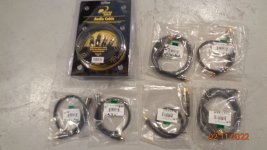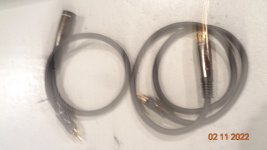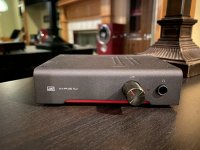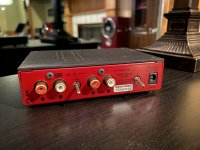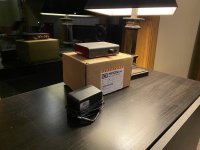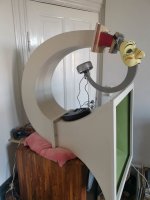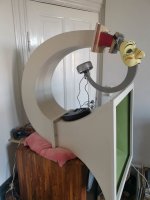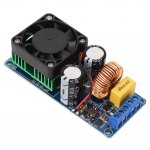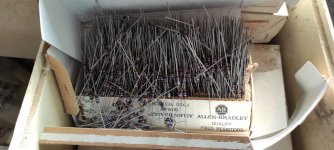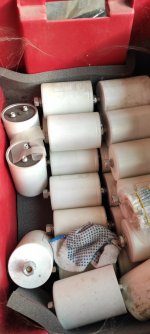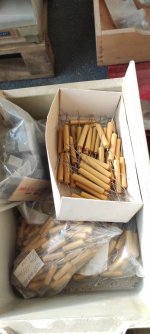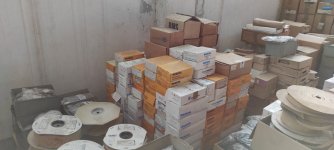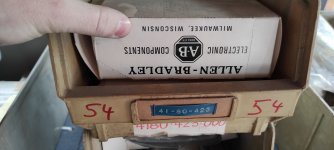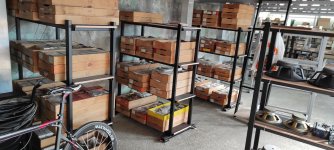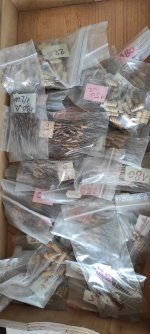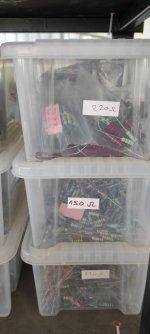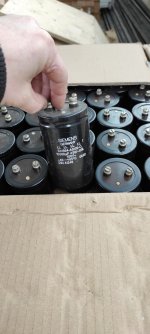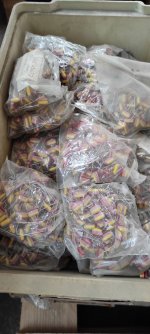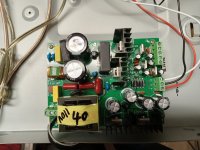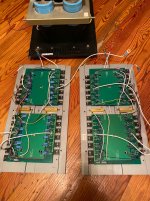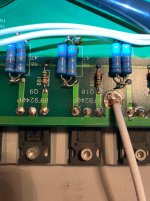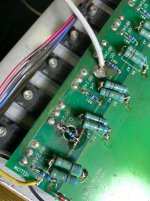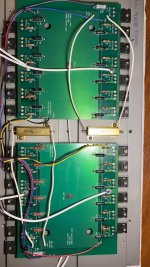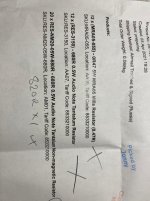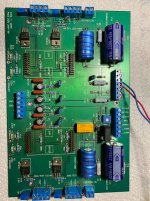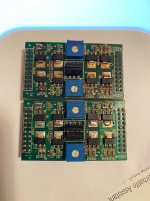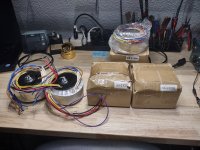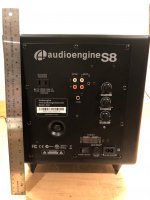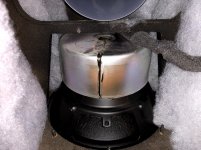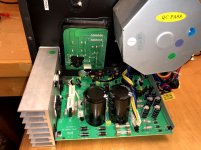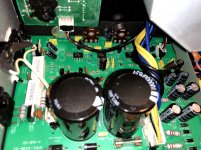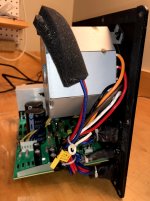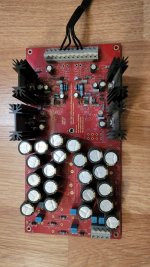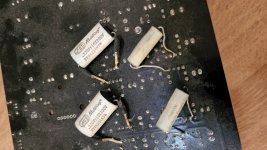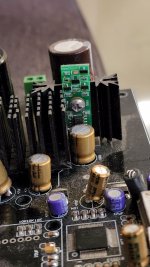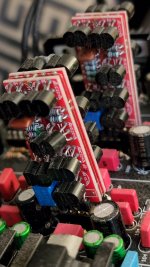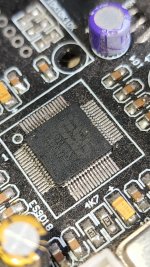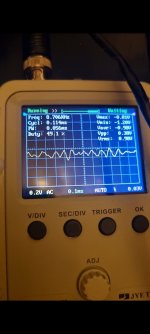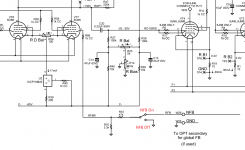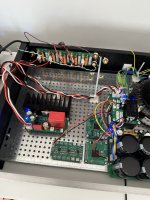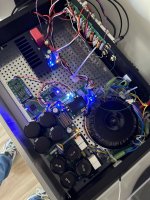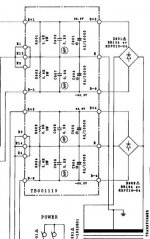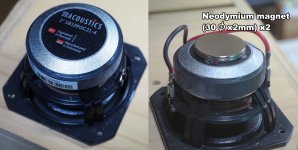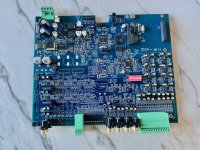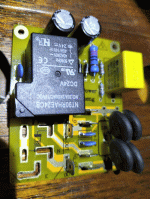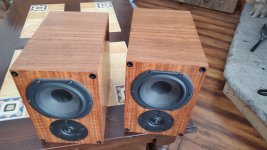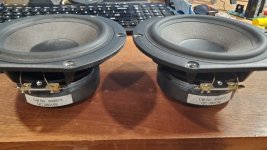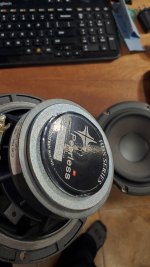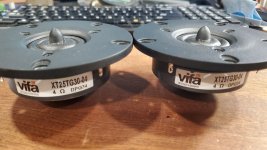Source for a good Tripath 2020 amp board
Can anyone suggest a good source for a good Tripath 2020 amplifier board ?
I went to the diyparadise.com site and tried to contact them about the Charlize 2 board .
I was unsuccessful in trying to create a user account there .
Their web page showed their captcha icon as not working and my Safari browser showed the term "unsecured web site" in red in the top pane.
Maybe they are closed down ?
I own a Topping MK2 amp that works and sounds great with my Seas very efficient full range speakers...... but all it's connectors are crammed right next to each other on the rear panel .
I want to make my own 2020 amp with a better layout in a slightly larger chassis with a fused power inlet, larger PS jack and better potentiometer.
I am downsizing from a large and very excellent tube amp for a number of reasons .
Small grandchildren around ; excess amp heat ; Wife wanting to dust the tubes while they're operating (( ::< O ....etc.
Any tips appreciated.
I also have a Dayton DTA 2050 amp but input connectors loose and has hiss galore . A SMSL 3118 with less hiss but fatiguing treble . The 2020 sounds best and NO HISS.
thanks
I went to the diyparadise.com site and tried to contact them about the Charlize 2 board .
I was unsuccessful in trying to create a user account there .
Their web page showed their captcha icon as not working and my Safari browser showed the term "unsecured web site" in red in the top pane.
Maybe they are closed down ?
I own a Topping MK2 amp that works and sounds great with my Seas very efficient full range speakers...... but all it's connectors are crammed right next to each other on the rear panel .
I want to make my own 2020 amp with a better layout in a slightly larger chassis with a fused power inlet, larger PS jack and better potentiometer.
I am downsizing from a large and very excellent tube amp for a number of reasons .
Small grandchildren around ; excess amp heat ; Wife wanting to dust the tubes while they're operating (( ::< O ....etc.
Any tips appreciated.
I also have a Dayton DTA 2050 amp but input connectors loose and has hiss galore . A SMSL 3118 with less hiss but fatiguing treble . The 2020 sounds best and NO HISS.
thanks
